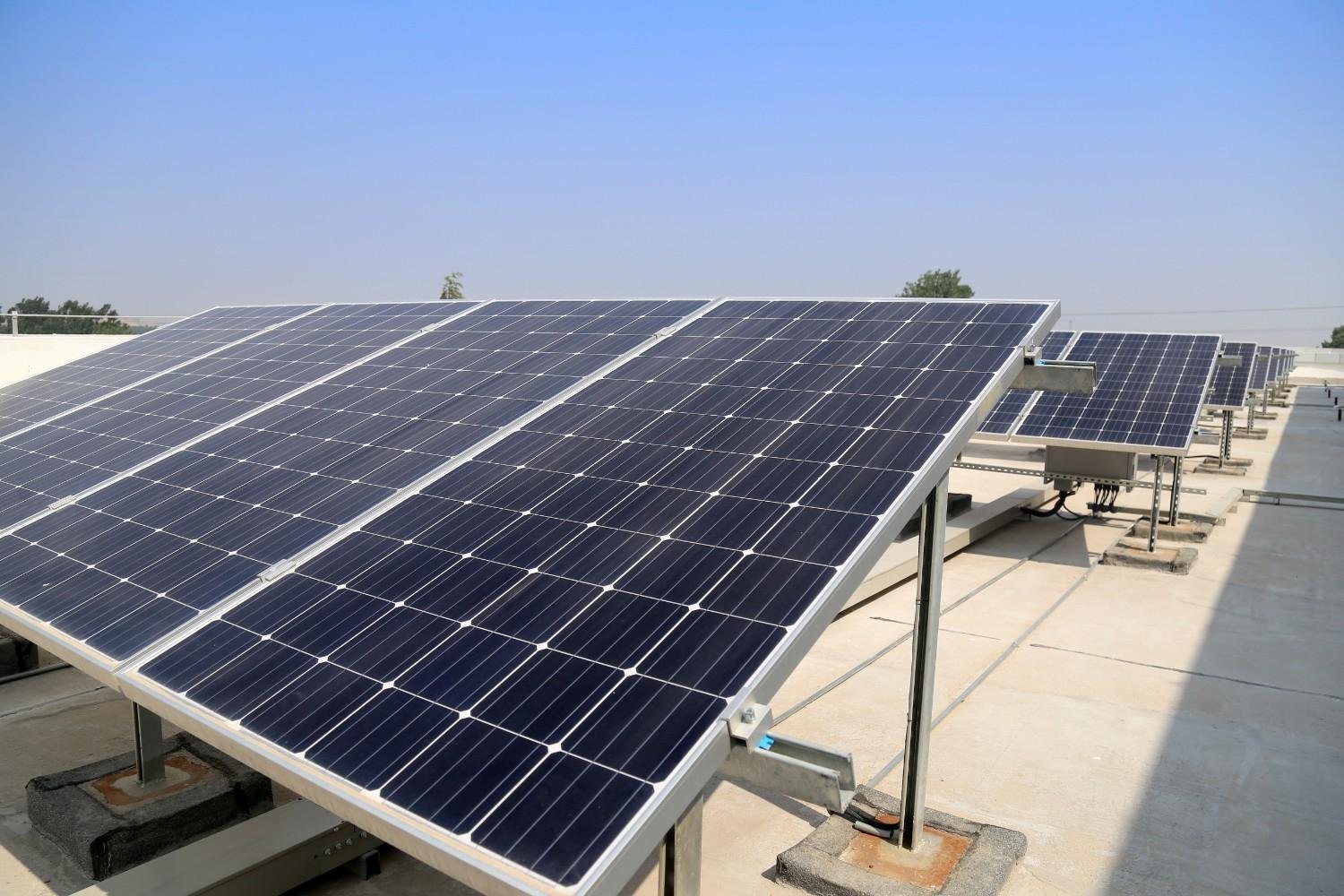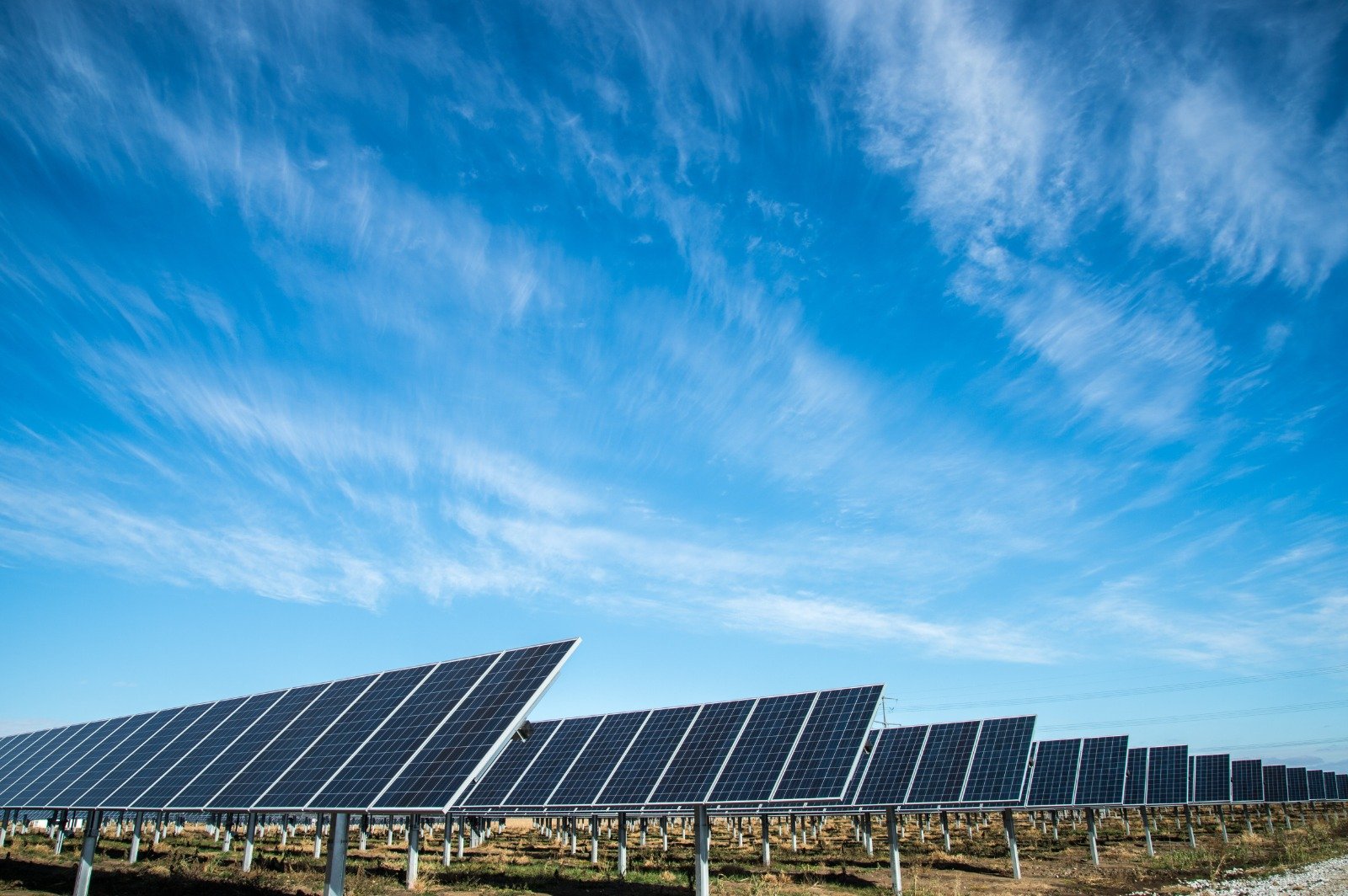As the world continues to transition towards renewable energy, solar energy has emerged as one of the most promising solutions. Solar energy efficiency plays a critical role in determining how much power a solar system can generate from sunlight. This guide will delve into the key factors influencing solar energy efficiency, the technology behind it, and how advancements are pushing the boundaries to make solar energy a more viable and efficient solution for global energy needs.
What is Solar Energy Efficiency?
Solar energy efficiency refers to the amount of sunlight that a solar panel can convert into usable electricity. The efficiency of a solar panel is measured as the percentage of sunlight hitting the panel’s surface that is transformed into electrical energy. Most solar panels today have an efficiency rate of between 15% and 22%, meaning that 15-22% of the sunlight hitting the panel is converted into electricity.
Factors Influencing Solar Energy Efficiency
Several factors affect the efficiency of solar energy systems, ranging from the quality of the panel to environmental conditions.
1. Type of Solar Panel Technology
Different solar technologies offer varying levels of efficiency:
- Monocrystalline Solar Panels: Monocrystalline solar panels are the most efficient type of solar panel currently on the market. The top monocrystalline panels now all come with 22% efficiency or higher, and manufacturers are continually raising this bar. They also have a longer lifespan than any other type, on average, often outlasting their already lengthy performance warranties, which can stretch to 30 years. There are 18-24% are efficiency while lifespan of 25-40 years.
- Polycrystalline Solar Panels: Polycrystalline solar panels are one of the oldest types of solar panel in existence. Polycrystalline panels are 31% less efficient than monocrystalline panels, on average, which means, to achieve a certain level of output, you’ll need a higher number of polycrystalline panels than you would monocrystalline panels. There are 13-16% are efficiency while lifespan of 25-30 years.
- Thin-Film Solar Panels: Thin-film solar panels are flexible sheets that can wrap around objects, making them perfect for properties with a limited amount of unobstructed roof space, or mobile homes like recreation vehicles and houseboats. Depending on which combination of materials they use, the end product’s efficiency rating can be anywhere from 7% to 13%.
2. Panel Orientation and Positioning
The position and orientation of solar panels directly impact how much sunlight they can absorb. Ideally, panels should face south (in the Northern Hemisphere) or north (in the Southern Hemisphere) to capture the most sunlight throughout the day.
3. Quality of Solar Panels
The type and quality of the solar panels play a critical role in determining efficiency. High-quality materials like monocrystalline silicon are known for their superior efficiency, often achieving rates between 15-22%. Cheaper, lower-quality panels may have lower efficiency, leading to reduced energy output over time.
4. Dust and Debris
The accumulation of dust, dirt, bird droppings, and other debris on the surface of solar panels can block sunlight and reduce energy production. This can be especially problematic in dry, dusty areas.
5. Age of Solar Panels
The average lifespan of a solar panel is about 25 to 30 years. Even after this period, many panels continue to function at a reduced efficiency, providing substantial long-term benefits and a reliable source of renewable energy.
6. Inverter Efficiency
The inverter, which converts the direct current (DC) generated by solar panels into alternating current (AC) used in homes, also plays a role in overall system efficiency. A less efficient inverter can waste energy during this conversion process.

4 Advanced Methods to Increase Solar Energy Efficiency
1. Bifacial Solar Panels: Harnessing Energy from Both Sides
Bifacial solar panels are changing the game by absorbing light from both sides. This feature increases their energy capture dramatically. Similarly, tandem solar cells, which layer materials like perovskite over silicon, are also promising. Some have reached over 30% efficiency.
Fenice Energy is excited about tandem solar cells‘ potential. Their use in crystalline silicon solar cells with thin poly-SiOx contacts has achieved 31% efficiency. These cells are expected to be key in large-scale solar production. It could mean a future with lower costs and higher efficiency for India.
2. Solar Tracking Systems: Following the Sun
Solar tracking systems follow the sun’s path, keeping the panels at an ideal angle for maximum sunlight absorption, further increasing efficiency. A solar tracking system is a specific device intended to move the PV modules in such a way that they continuously face the sun with the aim of maximizing the irradiation received by the PV array. A solar tracking system is composed of three well-differentiated components: the mechanism, the driving motors, and the tracking controller.
3. Advanced Photovoltaic Technologies
Researchers are constantly developing new photovoltaic technologies that promise higher efficiency rates. For instance, multi-junction solar cells can capture a broader spectrum of sunlight, increasing overall efficiency.
Improving Solar Energy Efficiency
As demand for solar energy continues to grow, ongoing research and technological advances are aimed at improving efficiency.
1. High-Efficiency Solar Cells: Technological advancements have led to the development of high-efficiency solar cells, such as bifacial and multi-junction cells, that can capture more sunlight and convert it into electricity.
- Bifacial Solar Panels: These panels can capture sunlight from both sides, leading to increased energy generation, especially when installed over reflective surfaces like white roofs or snowy ground.
- Multi-Junction Cells: These are made with multiple layers of semiconductors, each absorbing a different portion of the sunlight spectrum, increasing the efficiency to as high as 40% in laboratory settings.
2. Energy Storage Solutions: Pairing solar panels with battery storage allows excess energy generated during the day to be stored and used during cloudy days or at night. This ensures continuous energy supply and increases the overall system efficiency.
3. Advanced Tracking Systems: Solar tracking systems adjust the angle of the panels throughout the day to follow the sun’s path, maximizing sunlight exposure and increasing efficiency. Single-axis and dual-axis tracking systems can significantly enhance energy production.
Maximizing Solar Energy Efficiency for Homeowners
Homeowners looking to install solar panels can take several steps to maximize the efficiency of their systems:
1. Choose High-Efficiency Panels: Opt for monocrystalline or advanced thin-film panels that offer higher efficiency rates. While these may come at a higher upfront cost, the long-term energy savings can justify the investment.
2. Optimize Panel Placement: Ensure that panels are installed at the correct angle and position for maximum sunlight exposure throughout the day. Hiring a professional solar installer who understands the local climate and terrain is crucial.
3. Regular Maintenance: Keep the panels clean and free from dirt, debris, and snow. Regular maintenance will help sustain the performance of the system and prevent efficiency losses over time. Maintenance inveter regular and avoid shading.
4. Invest in a Good Inverter: The quality of the inverter is just as important as the solar panels. A high-efficiency inverter will ensure that the energy generated by the panels is effectively converted and used.
5. Consider Energy Storage: Pairing a solar system with battery storage can significantly increase the overall efficiency, especially in areas with variable sunlight or frequent power outages.
The Future of Solar Energy Efficiency
Solar energy is a rapidly growing industry, and its use is expected to continue to increase in the coming years. Some predictions for the future of solar energy include the following: The use of solar energy will continue to expand in the industrial sector with the development of new technologies such as solar steam generation and solar thermal storage.
- The price of solar panels will continue to fall, making it more affordable for individuals and businesses to install solar systems.
- Solar power will become an increasingly important source of electricity, particularly in developing countries where it can help to reduce reliance on fossil fuels and improve access to electricity.
- The use of solar energy will continue to grow in the transportation sector with the development of solar-powered vehicles and the use of solar panels for electric power vehicles.
- The use of solar energy will become more widespread in buildings with the development of new technologies, such as solar shingles and transparent solar panels that can be integrated into windows and other building materials.
Conclusion: Driving the Global Energy Transition
Solar energy efficiency is key to harnessing the full potential of the sun. As the technology continues to evolve, solar systems are becoming more efficient, cost-effective, and accessible to homes and businesses worldwide. By focusing on innovations in solar panel technology, energy storage, and system optimization, the future of solar energy is bright, with the potential to power our world sustainably.
Investing in high-efficiency solar energy systems today will not only lead to long-term savings but will also contribute to reducing our carbon footprint, supporting the global transition to renewable energy. With advancements in solar energy efficiency, we are one step closer to a cleaner, greener future.
Harness the full potential of solar energy with the latest efficiency-boosting technologies. Get in touch with Soleos Solar to start optimizing your system today!
